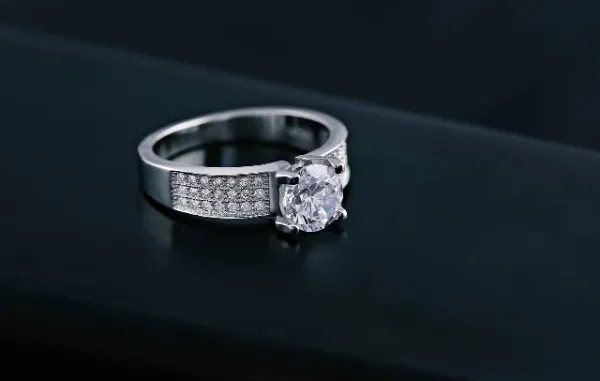
Engagement rings symbolize love, commitment, and the start of a lifelong journey. But with so many options available, finding the perfect one can feel overwhelming. Whether you’re drawn to classic solitaires or modern designs, understanding the key elements—like shapes, styles, and even repurposing family heirlooms—can make the process exciting rather than stressful. This guide dives into everything you need to know to select or create an engagement ring that truly reflects your partner’s personality and your shared story.
The journey begins with self-reflection. Consider your partner’s lifestyle, fashion sense, and daily routines. Do they prefer understated elegance or bold statements? Are they active and need something durable, or do they love intricate details?
Budget plays a role too, but remember, the “perfect” ring isn’t always the most expensive—it’s the one that holds meaning. From timeless round cuts to unique marquise shapes, the diamond, or gemstone’s form can dramatically influence the ring’s overall appeal.
Decoding Engagement Ring Shapes: The Foundation of Style

The shape of the center stone is often the first decision in ring selection, as it sets the tone for the entire piece. Each offers distinct characteristics: round brilliants maximize sparkle with 58 facets, making them a classic choice for about 75% of engagement rings. Princess cuts, with their square outline and pointed corners, deliver a modern, edgy vibe while still reflecting light brilliantly.
Oval shapes elongate the finger for a flattering effect, and often appear larger than their carat weight suggests. Cushion cuts blend round and square with soft edges, evoking vintage romance. Pear shapes combine marquise and oval for a teardrop elegance, ideal for those wanting asymmetry. Marquise, with its boat-like form, creates an illusion of greater size and suits elongated fingers. Emerald cuts emphasize clarity over sparkle with step facets, perfect for a sophisticated look.
Always prioritize the “four Cs”—cut, color, clarity, and carat—but shape ties directly to personal taste. Trying on various styles in person helps visualize how light plays off each one.
How to Find the Perfect Engagement Ring: Step-by-Step Strategies
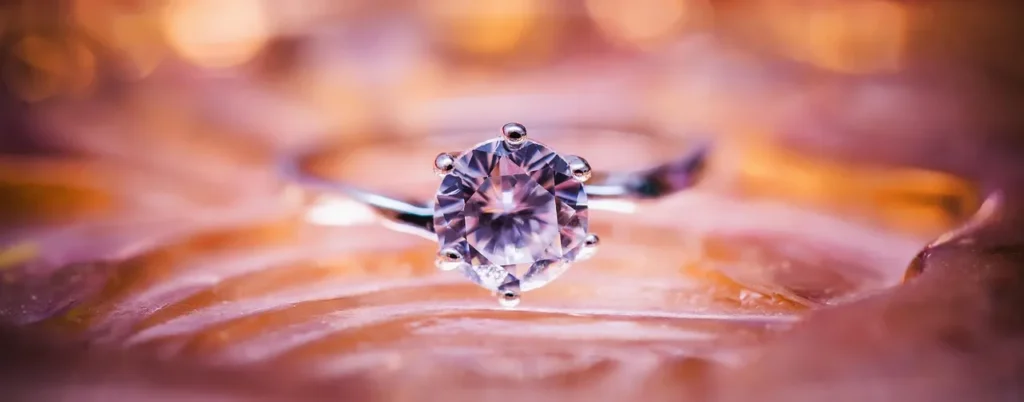
Finding the ideal ring involves more than browsing catalogs; it’s a strategic hunt. Start by researching reputable jewelers with strong reviews and certifications, like those from the Gemological Institute of America (GIA). Online tools and apps let you virtually try on rings, but nothing beats in-store experiences where you can feel the weight and see the sparkle under different lights.
Set a realistic budget early—engagement rings typically range from $5,000 to $10,000, but custom or repurposed options can adjust that. Consider ethical sourcing: lab-grown diamonds offer sustainability without compromising quality, often costing 20-40% less than mined ones. Involve subtle hints from your partner or friends to gauge preferences without spoiling the surprise.
Once you’ve narrowed down preferences, exploring professional guidance is key. Many jewelers offer consultations to help refine ideas. For those seeking bespoke options, places specializing in Scottsdale custom jewelry designs provide expert craftsmanship to turn visions into reality.
Finally, don’t rush. Compare multiple stores, read return policies, and ensure insurance coverage. Some jewelers provide lifetime maintenance, adding long-term value.
Exploring Diamond and Gemstone Styles for Timeless Appeal
Beyond shape, style encompasses the setting, band, and accents. Solitaire styles highlight the center stone with a simple band, emphasizing purity. Three-stone rings symbolize past, present, and future, typically with side stones complementing the center.
Pavé bands feature tiny diamonds set into the metal for continuous sparkle, while bezel settings encase the stone for a secure, modern feel. Vintage-inspired styles like milgrain edging or filigree add intricate details. For color lovers, sapphires, emeralds, or rubies as center stones bring vibrancy—think Princess Diana’s iconic sapphire ring.
Mix metals for contrast: yellow gold warms diamonds, white gold or platinum offers cool sophistication, and rose gold adds romantic blush. Engraving inside the band personalizes further. Ultimately, style should align with your partner’s wardrobe—minimalist for everyday wear or ornate for special occasions.
The Art of Repurposing: Breathing New Life into Heirlooms
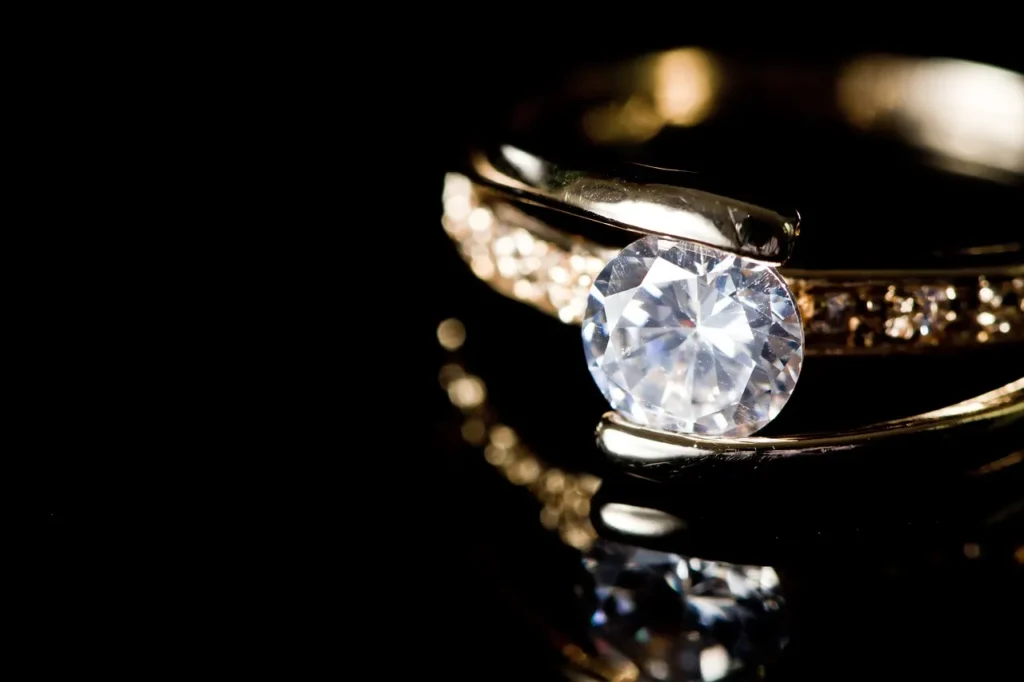
Repurposing transforms sentimental jewelry into modern engagement rings, blending history with contemporary design. Start by assessing family pieces: a grandmother’s diamond brooch could yield stones for a new setting, or an old wedding band might become the base. This eco-friendly option reduces costs—often 30-50% less than buying new—while honoring heritage.
Consult a skilled jeweler to evaluate gem quality and metal integrity. They might suggest resetting stones into a fresh band or combining elements from multiple items. For example, melting down gold from various heirlooms creates a unique alloy. Popular repurposing ideas include turning earrings into side stones or pendants into centerpieces.
Challenges include mismatched stone sizes or outdated cuts, but experts can polish or recut for better fit. The result? A ring with stories embedded, like a vintage emerald repurposed into a halo design. This approach not only saves money but creates emotional depth, making the proposal even more meaningful.
Budgeting Wisely: Balancing Dreams and Reality
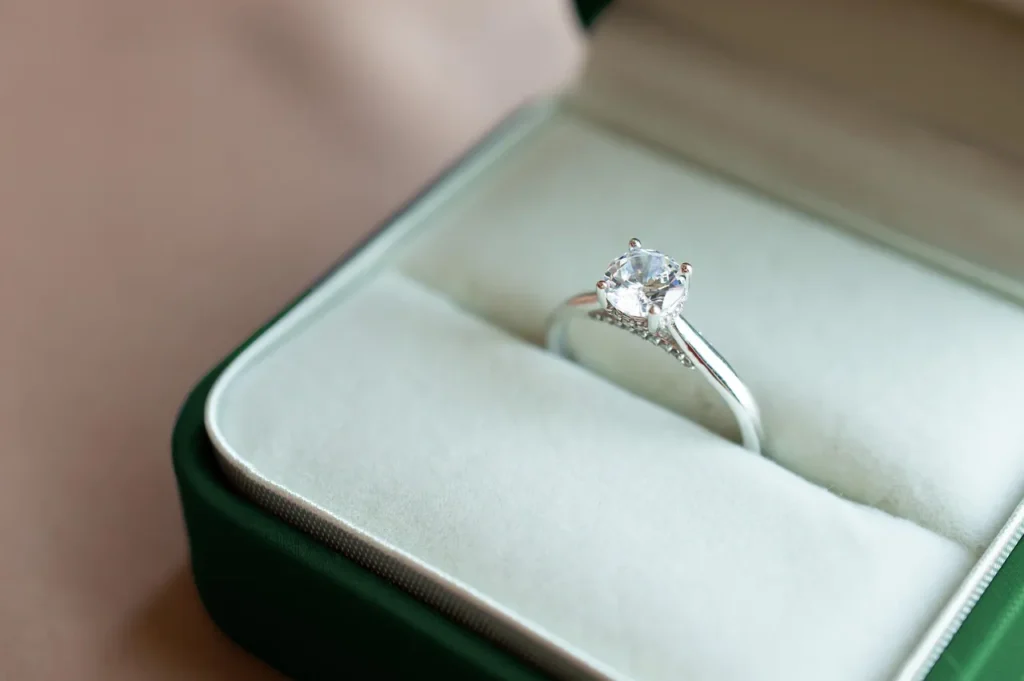
Budgeting ensures your ring search stays joyful. Allocate based on the “two months’ salary” rule as a loose guide, but prioritize what matters most—perhaps splurging on a higher-quality stone over size. Factor in hidden costs like appraisals, insurance (around 1-2% of value annually), and resizing.
Track spending with apps or spreadsheets, comparing quotes. Educate yourself on value: a well-cut 1-carat diamond often outshines a larger, poorer-quality one. Smart budgeting yields a stunning ring without financial strain, letting love take center stage.
Custom Designs: Crafting a One-of-a-Kind Masterpiece
For ultimate personalization, custom designs shine. Begin with inspiration—mood boards of shapes, styles, and motifs like nature or architecture. Jewelers sketch ideas, evolving into 3D models for visualization. Materials range from ethical diamonds to alternative gems like moissanite.
The process takes 4–8 weeks, involving approvals at each stage. Master craftsmen handcraft, ensuring durability. Costs vary: simple customs start at $1,200, elaborate ones reach six figures. Benefits include perfect fit and unique elements, like hidden engravings or birthstones.
Collaborate closely—share feedback freely. The reveal? Pure magic. Custom rings aren’t just jewelry; they’re wearable art, encapsulating your love story in every facet.
In conclusion, the perfect engagement ring emerges from thoughtful choices in shapes, styles, and innovative repurposing. Whether classic or custom, it’s a token of enduring affection. Ready to start? Your dream ring awaits.


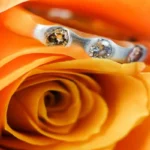



Leave a Reply